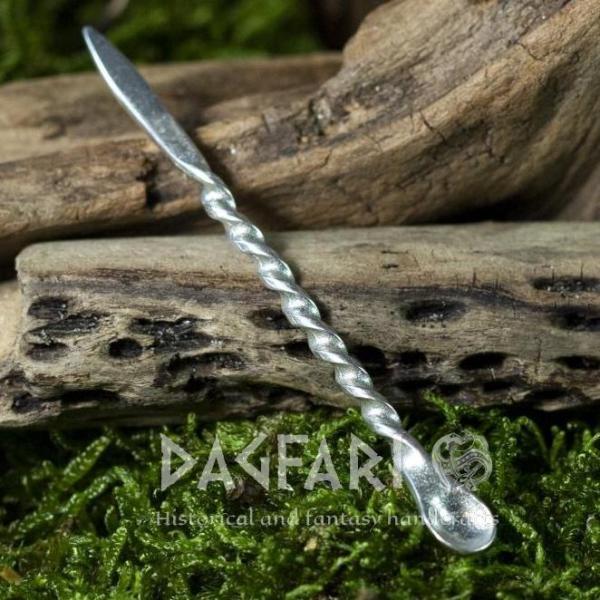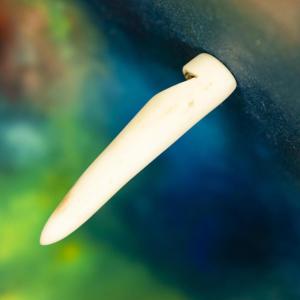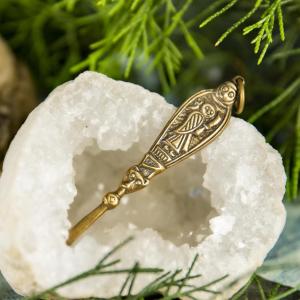Contemporary historians have noted well that the Vikings, far from being dirty barbarians with dishevelled hair, were actually very clean people (or at least by the standards of the time). So it's no surprise that excavations at Norse settlements and tombs often uncover personal care items such as combs, tweezers and ear scoops (also known as ear scoops and ear spoons).
In the absence of the modern-day miracle known as the cotton swab, the Norwegians (and related peoples of the time) would have used these small ear spoons. Perhaps the intricacy of their decoration indicated their importance - which may have been due to "social grooming".
The person cleaning his ears was just as often lying down or bending over with his head in the lap of the person doing the cleaning. Ear cleaning was often performed by a parent on a child or between adult partners. Perhaps close friends or siblings also got the job done. So, as bizarre as it may sound today - such an ear cleaner may have been associated with a social and familial bond.
The outdoor lifestyle often led to dirt under the fingernails, which is what the other end of this tool was used for.
The shape is also reminiscent of ancient medicine measuring spoons, where one side could be used to separate the medicine and the other to scoop it up.
The same shape and torsion of the handle can also be found in the High Middle Ages.
This find, dating from 800-1000, is housed in the Cambridge Museum.

















